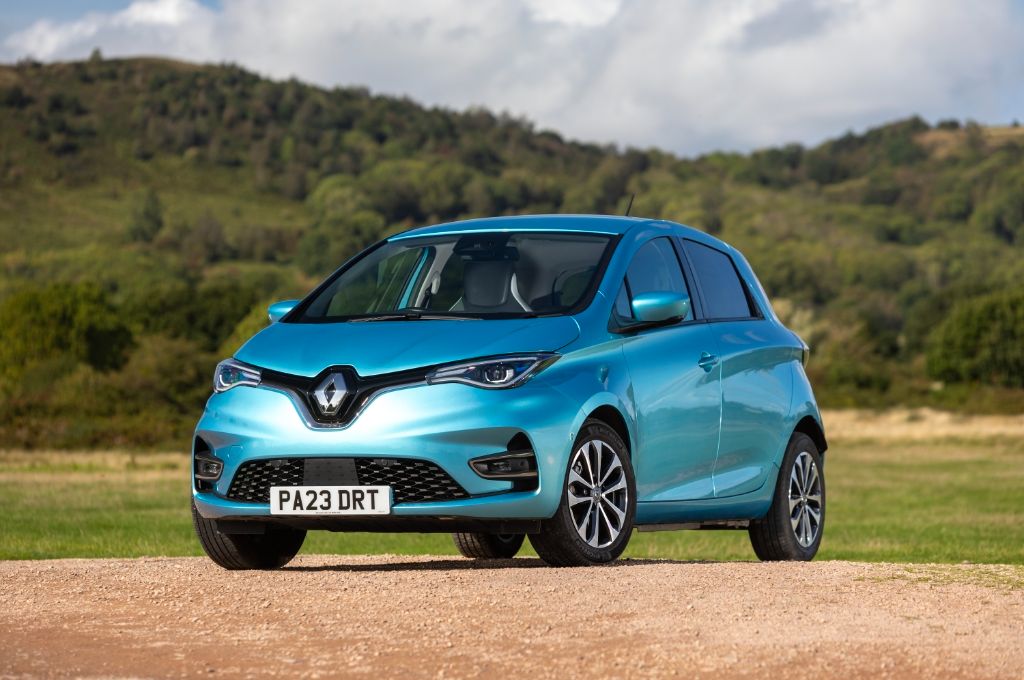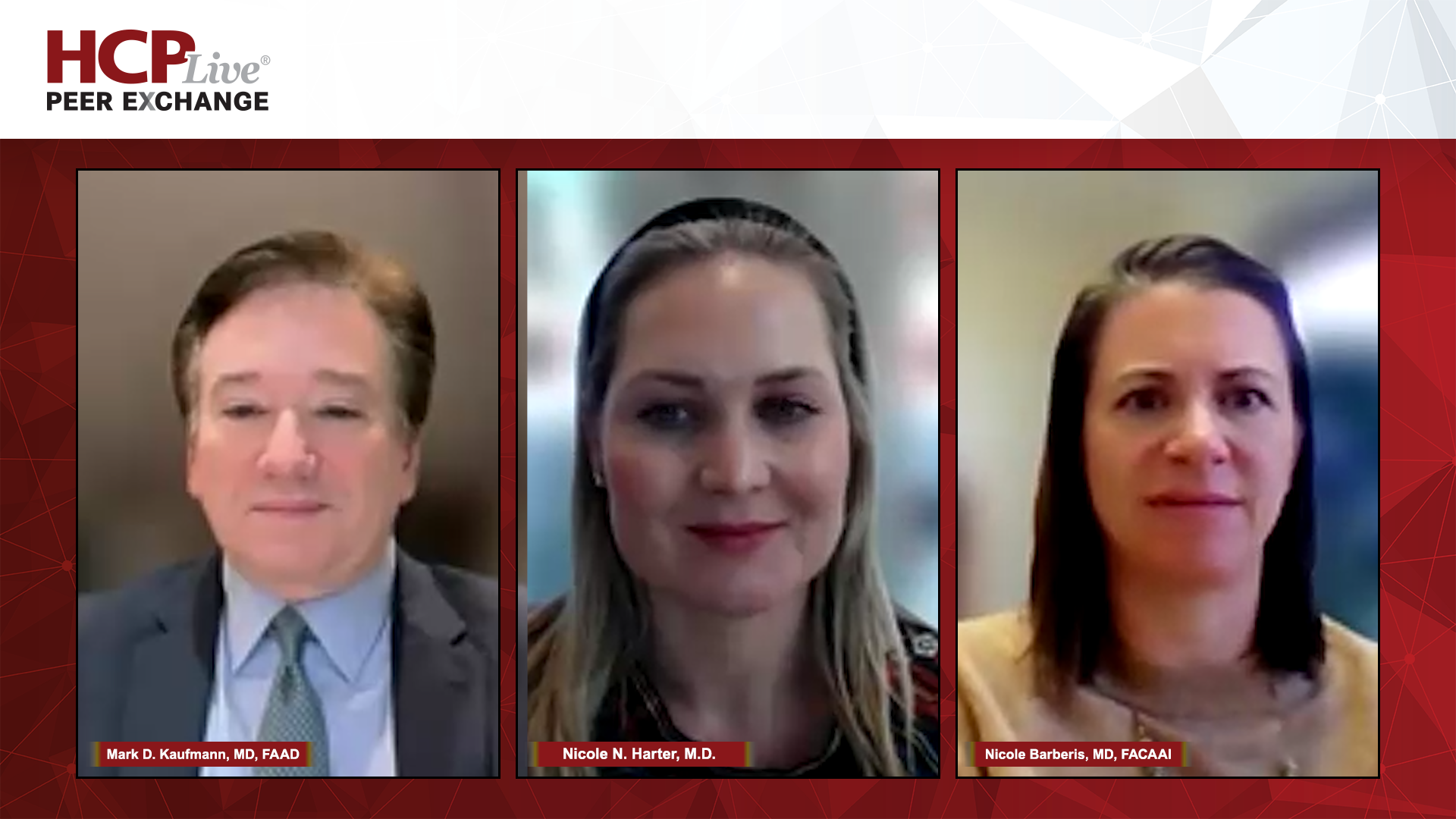Comparing LFP and NMC batteries for electric cars: Essential information

Electric vehicles rely on large battery packs to power the car, and the size of the battery directly impacts the driving range between charges. Recently, there has been a rise in electric cars equipped with lithium-iron phosphate (LFP) batteries, a different type of battery chemistry compared to the more common lithium-ion NMC batteries.
Both lithium-ion NMC and LFP batteries have their own set of pros and cons. Lithium-ion NMC batteries, commonly used in electric cars, offer more range from a lighter battery and faster charging speeds. However, they are expensive to produce and rely on hard-to-source metals like nickel, manganese, and cobalt. These batteries have evolved over the years, becoming smaller, more efficient, and dense in energy.
On the other hand, LFP batteries, found in shorter-range electric cars like the MG4 and Tesla Model 3, are cheaper to produce and use more readily available metals. They do not contain cobalt, which is a rarer and environmentally damaging metal. However, LFP batteries are heavier and less energy-dense than lithium-ion NMC batteries, leading to lower range per kilogram of battery. Moreover, their charging speeds can be affected by very cold weather conditions.
Despite the differences, both types of batteries are widely used in electric vehicles and have proven to be durable and reliable over time. LFP batteries, particularly from BYD, have shown potential for longer range electric cars with advancements in technology. These batteries are known for their durability, longevity, and tolerance to rapid charging.
In conclusion, both lithium-ion NMC and LFP batteries have their own strengths and weaknesses, but they are well-established and reliable technologies. Whether you are considering a new or used electric car, rest assured that both battery types offer advantages and are suitable for powering electric vehicles in the evolving automotive industry.




